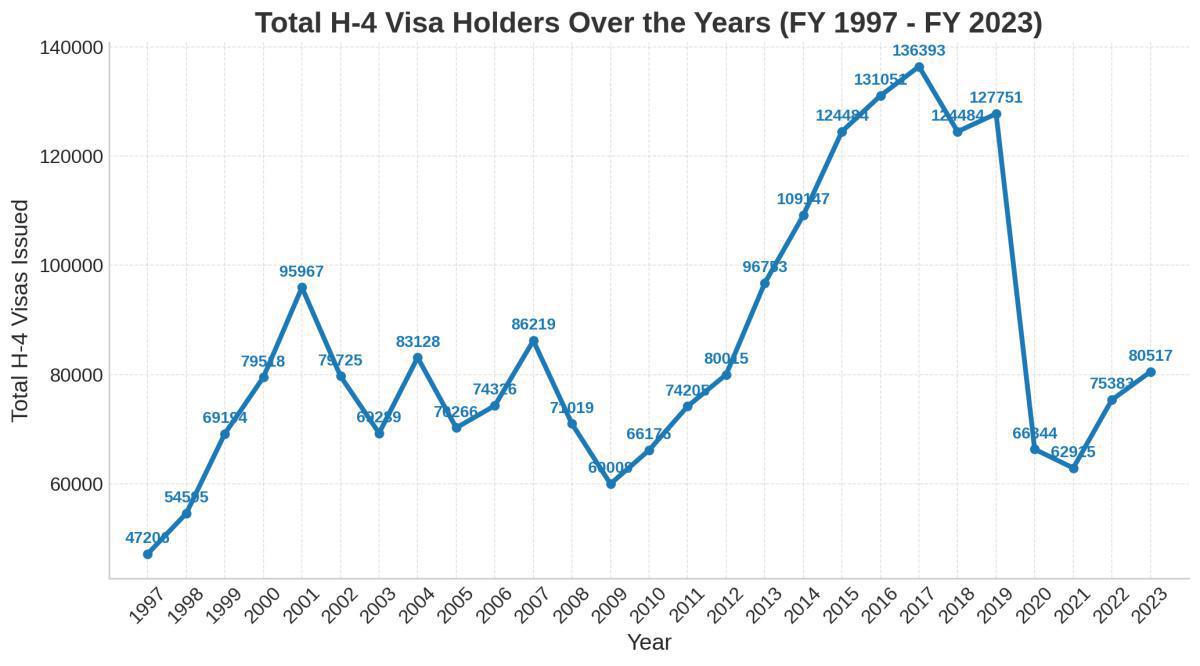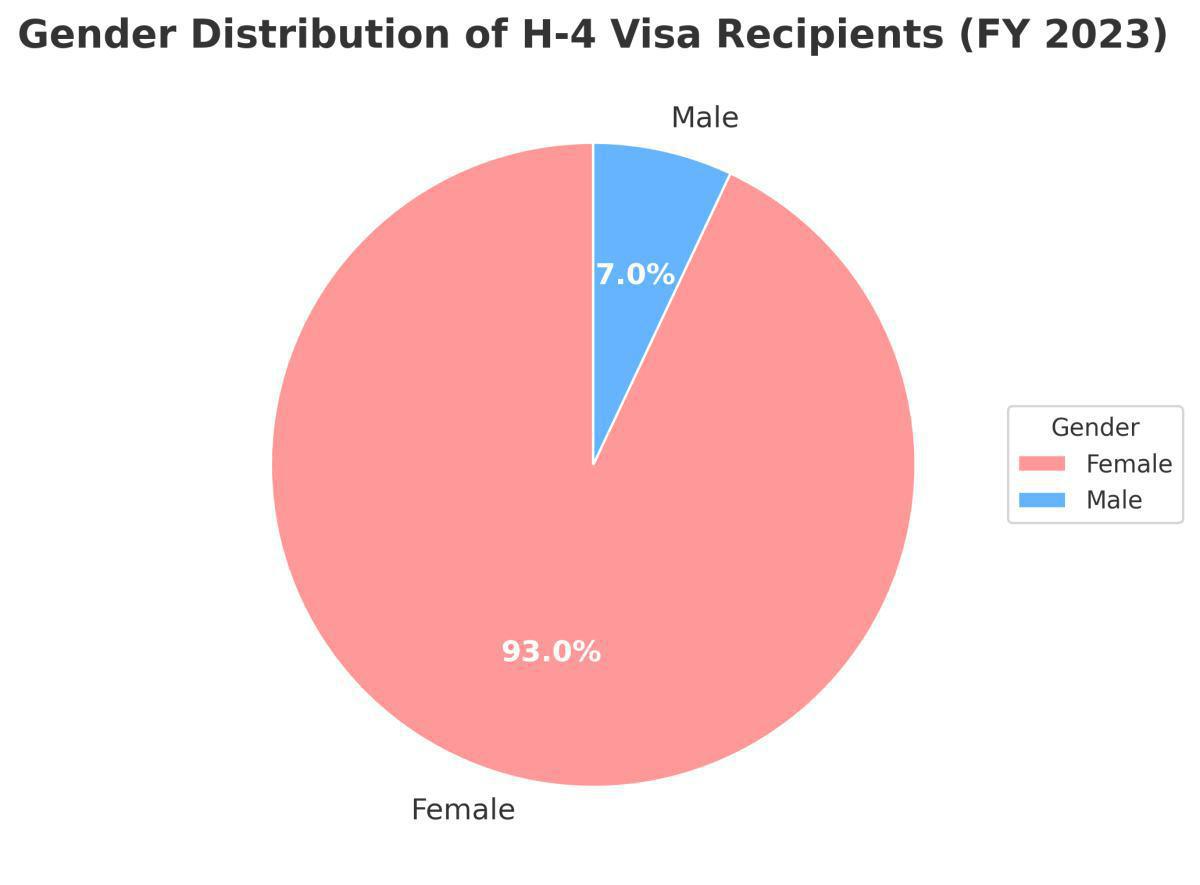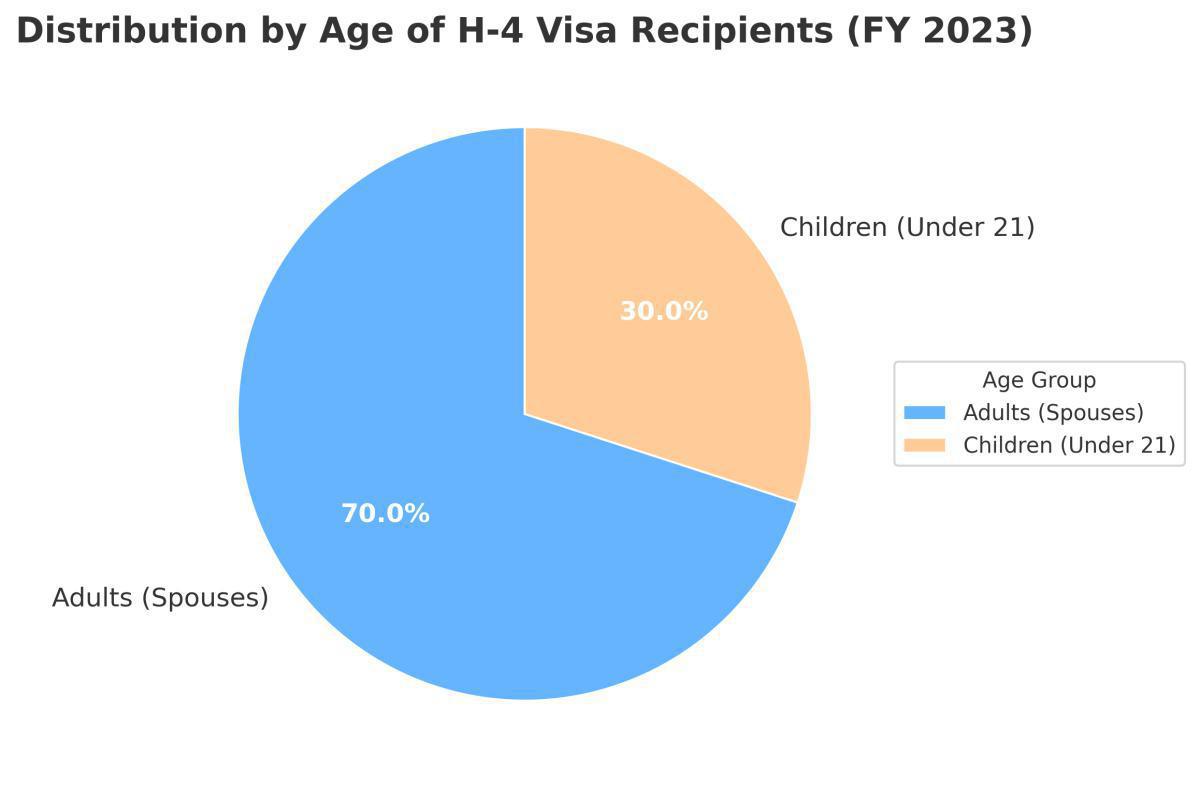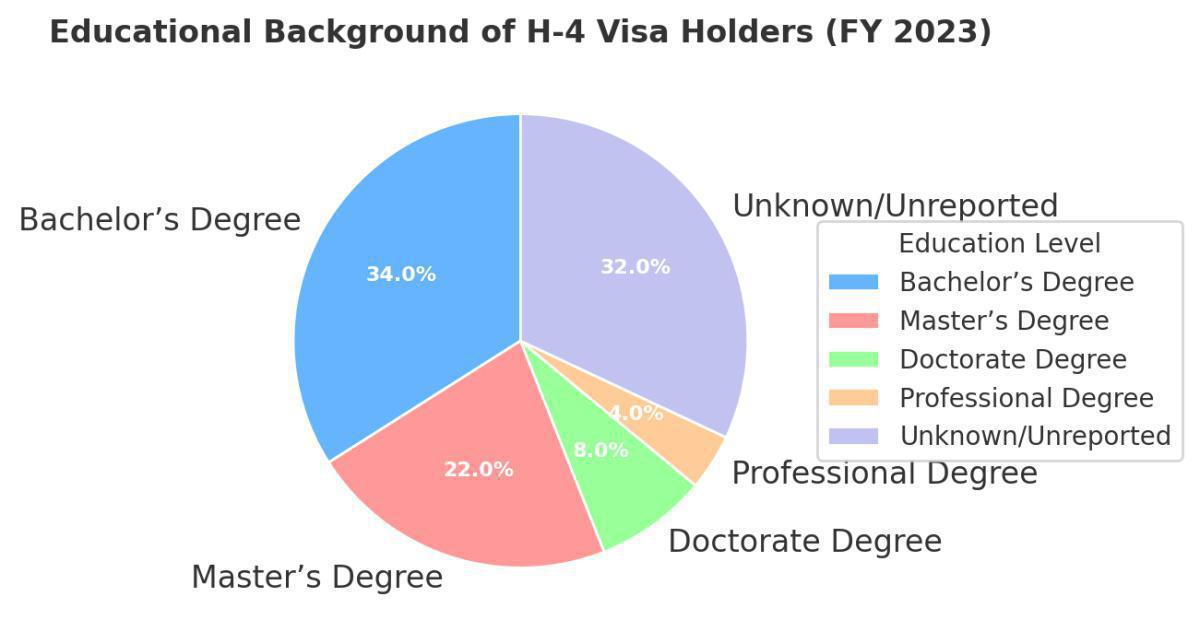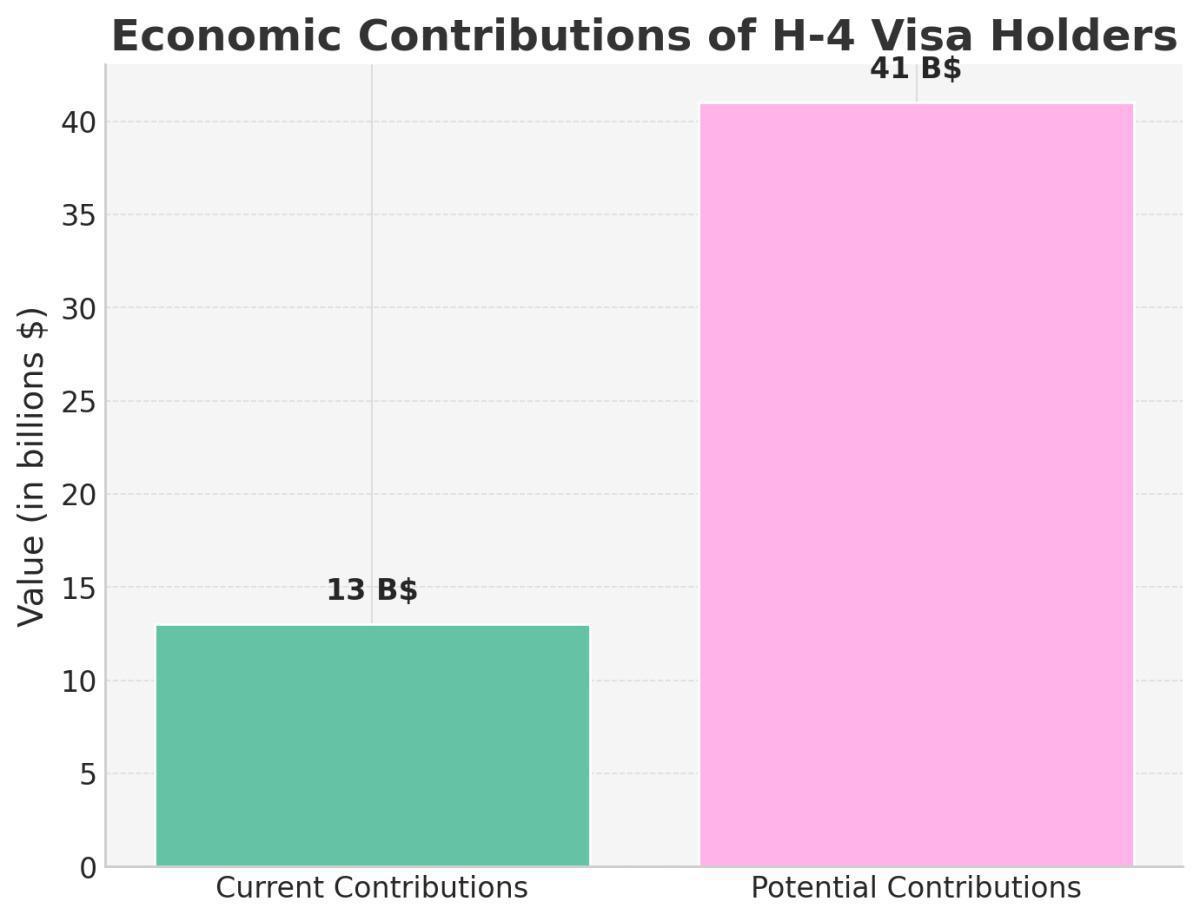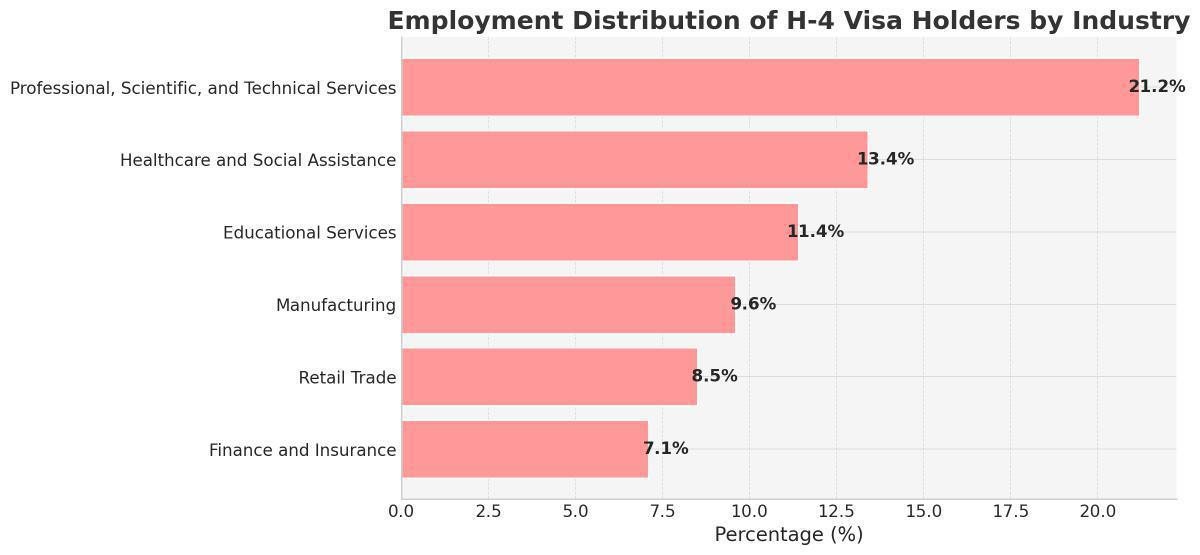The H4 visa, often called the "dependent" visa, might sound like a pathway to a promising new life in the United States, but for thousands of women, it’s become a trap—one that shackles them to a life of dependency, stifling their aspirations and potential. What was meant to unite families has turned into a slow, silent burn that echoes the haunting remnants of an age-old tradition: Sati.
An Unexpected Parallel: From Ancient Sati to Modern H4 Visa
Sati (or Suttee) was a brutal practice in ancient India where widows were expected—or sometimes forced—to self-immolate (burn) on their husband’s funeral pyre. It was seen as the ultimate act of devotion, but it was much more than that. It was a grim way to ensure that a woman’s life ended with her husband’s, leaving no room for her to remarry or claim his property.
In many ways, it was a cruel method of ensuring that women had no future without the men they had lost, reinforcing their dependence and erasing their identities.
The Harrowing Reality of Sati
- Sati was often seen as a way to maintain the purity of lineage and reinforce male dominance by eliminating a widow’s independence. Widows who resisted Sati were often ostracized, stripped of their social standing, and condemned to a life of misery and isolation.
- Reformers like Raja Ram Mohan Roy campaigned vigorously against this practice, ultimately leading to the British abolition of it in 1829. However, isolated incidents of Sati persisted well into the 20th century, revealing the depth of these beliefs in some communities.
- It was about control, subjugation, and, most importantly, erasing women’s agency. While the physical practice of Sati has been abolished, its essence—placing women’s worth solely in relation to their husbands—seems to have found a subtle, modern reflection in the H4 visa.
A Modern Echo: H4 Visa as a 21st-Century Sati
Unlike the practice of Sati, the H4 visa doesn’t physically harm women, but it isolates and suppresses them, forcing many to remain in the shadow of their spouse’s career.
These highly educated, ambitious women are often barred from working and pursuing their own careers, making them economically dependent on their spouses. It’s a silent, unseen sacrifice—a metaphorical 21st-century Sati—where women’s ambitions are metaphorically burned in the flames of restrictive immigration policies.
The H4 Visa’s Impact: Loss of Identity and Self-Worth
Take Aarti, for instance. A young architect from Mumbai, she moved to the U.S. with her husband on an H4 visa, brimming with excitement about new possibilities. But that excitement quickly dimmed as she realized she couldn’t practice her profession, get a job, or even engage in meaningful hobbies and receive some money without work authorization.
Days turned into months, and months into years. Her career, which she had worked so hard to build, slowly faded away.
“I chose my husband, but not this life,” she would often say to herself. “What’s left of me now?”
Without her career, she felt like a shadow of her former self, aimlessly drifting in a foreign land. Her story is not unique—countless women on H4 visas are in similar predicaments, left to wonder what their worth is when their talents and skills are kept under lock and key.
The restrictions stripped Aarti of her professional identity, and as time passed, she started to question her value and place in the world. Aarti’s situation, like that of countless others, mirrors the plight of those women who, during the Sati era, were told that their lives held no meaning without their husbands.
Although today’s women on H4 visas are not expected to sacrifice themselves physically, they often sacrifice their personal and professional growth, leading to similar psychological trauma.
Invisible Scars: The Hidden Toll on Mental Health and Relationships
Beyond the obvious financial dependency, the impact of the H4 visa is deeper and more insidious. These women often find themselves trapped in an invisible cage, with walls built by cultural expectations, lack of social support, and a visa status that leaves them vulnerable.
For some, the inability to work or seek financial independence exacerbates the risk of staying in abusive or unhealthy relationships because they feel they have no way out. Without a work permit, they can’t legally support themselves. Without legal support, they can’t seek protection.
In essence, these women are “immigrants within immigrants”—stuck in a place where their voices go unheard, and their potential remains unseen. This enforced dependency creates a power imbalance that is all too easy to exploit.
Like the Sati practice, which sought to control women’s bodies and choices, the H4 visa controls their opportunities and options. Moreover, even when H4 visa holders finally receive EAD approval, many find that re-entering the workforce after years of forced unemployment is challenging, if not impossible. The professional and personal cost of this lost time is immense.
A Wasted Resource: The Cost to Individuals and Society
Let’s not forget the impact on the U.S. economy. These women are not just “dependents”; they are engineers, doctors, scientists, architects—highly qualified professionals who have been sidelined. Imagine having a room full of talented individuals but locking the door and throwing away the key.
That’s what the H4 visa does. There are over 100,000 H4 visa holders with advanced degrees who are either unemployed or underemployed due to visa restrictions. It’s a colossal waste of talent and potential.
A report by the Migration Policy Institute found that if H4 visa holders were allowed to work, they could fill critical skill gaps in STEM and healthcare, contributing billions of dollars to the U.S. economy. Yet, while American companies scramble to find skilled workers, these qualified individuals are confined to domestic roles that don’t use even a fraction of their capabilities.
The Struggle for Change: Legal Battles and Bureaucratic Nightmares
There was a glimmer of hope in 2015, when the Employment Authorization Document (EAD) was introduced, allowing some H4 visa holders to apply for work permits. However, this program has been fraught with legal challenges and bureaucratic backlogs, with many H4 holders waiting for months, even years, to get approval.
And when they do finally get it, they often find re-entering the workforce difficult after such a long hiatus. Skills go stale, confidence wanes, and the sense of being “left behind” becomes a daily reality.
Consider Meera’s story. A 32-year-old marketing professional from Chennai, Meera’s career was soaring until she moved to the U.S. with her husband. Eager to build a new life, she applied for an EAD. But what followed was years of uncertainty and waiting. By the time she finally got approval, the marketing world had moved on without her. Job offers were few and far between.
“I went from being a decision-maker in the boardroom to asking for an allowance to buy groceries,” she shared in a hushed tone, revealing the crushing weight of dependency.
A Call to Action: Breaking the Shackles
Much like the abolition of Sati required a movement and collective outcry against an inhumane practice, the plight of H4 visa holders demands a similar response. It’s time to recognize that these women are more than “dependents”—they are individuals with dreams, ambitions, and the potential to make significant contributions to society.
To truly empower H4 visa holders, the following reforms are essential:
- Grant Automatic Work Authorization: Ensure that all H4 visa holders have access to an Employment Authorization Document (EAD) without lengthy approval processes.
- Simplify the Bureaucratic Process: Streamline the application and approval processes for work permits, eliminating the uncertainty that keeps families in limbo.
- Support Mental Health and Skill Development: Create mental health services and skill development programs tailored to H4 visa holders, allowing them to maintain and update their skills while navigating the uncertainties of their visa status.
Statistics: Numbers and Visuals:
Total H-4 Visa Holders Over the Years (FY 1997 - FY 2023)
Here is the visualization for Total H-4 Visa Holders Over the Years (FY 1997 - FY 2023); these numbers are sourced directly from the official Visa Statistics page of the U.S. Department of State.
Image Credit: Asia91.com
Characteristics of H-4 Visa Recipients
The majority of H-4 visa holders are dependents of H-1B workers. Most H-4 recipients are women, as the visa category is primarily used by spouses. Data indicates that around 93% of H-4 visa holders are female, reflecting the dependent nature of the visa, whereas the primary H-1B visa holders tend to be male (Source: USCIS, 2023).
Image Credit: Asia91.com
Distribution by Age
While specific age group data wasn't detailed, the visa generally applies to spouses and children under the age of 21. This indicates that a significant portion of H-4 holders are likely adults (spouses), with a smaller percentage being children under 21 accompanying the primary visa holder.
Educational Background of H-4 Visa Holders
The educational background of H-4 visa holders reveals that the majority (68%) have at least a bachelor’s degree or higher, reflecting a highly educated group. Specifically, 34% hold a bachelor’s degree, 22% have a master’s degree, 8% possess a doctorate degree, and 4% hold a professional degree. However, 32% fall into the "Unknown/Unreported" category due to incomplete data. Compared to the general U.S. working population, where only about 35% hold a bachelor’s degree or higher, H-4 visa holders represent a significantly more educated demographic. This level of educational attainment highlights the potential of H-4 visa holders to contribute meaningfully to specialized fields within the U.S. workforce.
Economic Contributions
H-4 visa holders contribute nearly $13 billion to the U.S. economy each year. If every eligible H-4 visa holder were granted work authorization, this number could rise to approximately $41 billion annually (AAF). This data highlights the significant economic impact that H-4 visa holders could make if given the opportunity to work.
Employment Distribution
The majority of H-4 visa holders are employed in high-demand fields such as professional, scientific, and technical services (21.2%), healthcare and social assistance (13.4%), and educational services (11.4%) (AAF). This demonstrates their potential to fill critical skill gaps in these industries.
Number of H-4 Visa Holders
In FY 2017, a total of 136,393 H-4 visas were issued, with 86% going to family members of workers from India. The number of H-4 visa holders has been steadily increasing, reflecting the growing demand for skilled workers in the U.S. as per the American Immigration Council report.
Immigrants' Economic Role
Immigrant households, including H-4 visa holders, paid over $524.7 billion in taxes in 2021 and held $1.4 trillion in spending power. They also made up 20% of all U.S. entrepreneurs in 2021, showing their significant contributions as both workers and business owners .
Conclusion: From Silent Suffering to Empowered Voices
The H4 visa may not subject women to a literal pyre like Sati, but it certainly consigns them to a cycle of invisible suffering—slowly burning away their dreams and ambitions.
Reforming this visa category to include better work authorization policies can help end this modern-day constraint on women’s freedom, enabling them to thrive while contributing positively to society and the economy.
As we look ahead, we must learn from history. Just as Sati was abolished and recognized as an inhumane practice, let us acknowledge that the constraints of the H4 visa are a modern echo of that same oppressive legacy.
By making these changes, we can transform the H4 visa from a symbol of silent suffering into one of opportunity and empowerment for thousands of women, allowing them to reclaim their voices and destinies.



